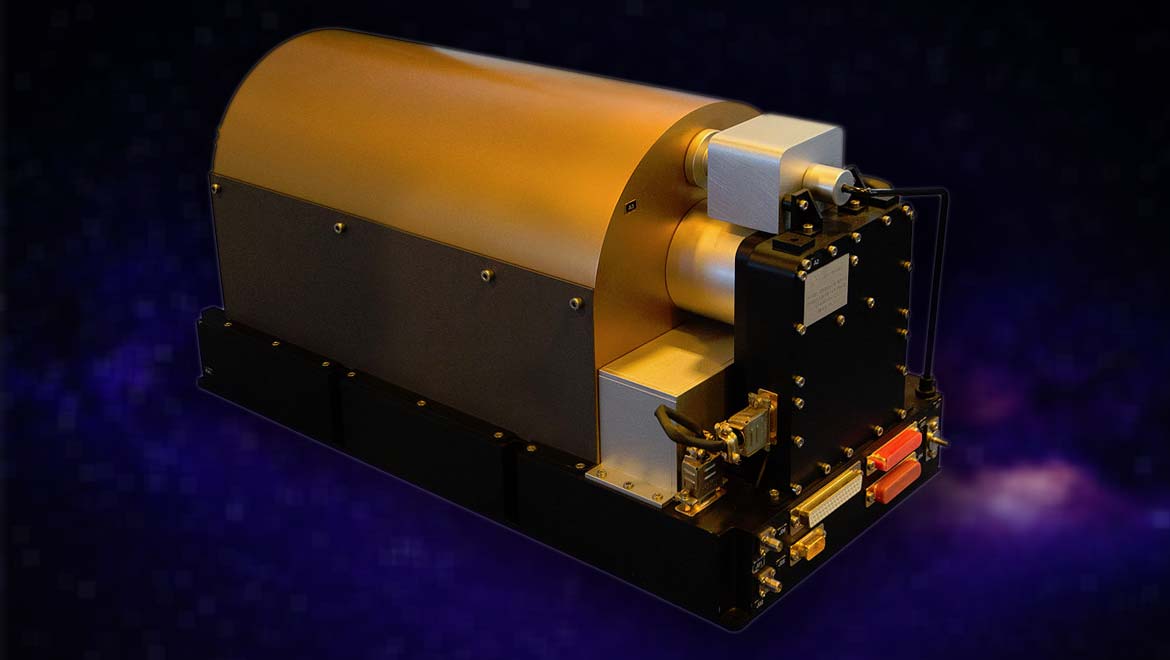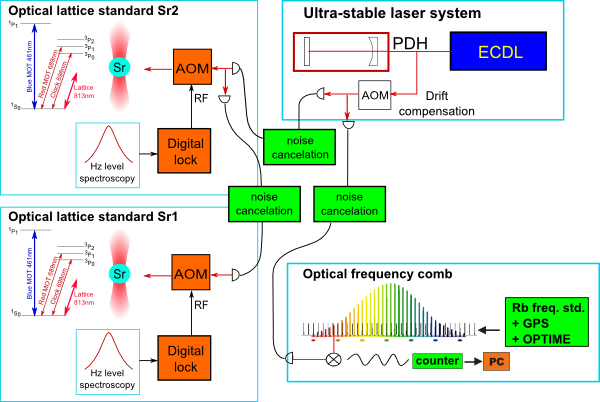

Evaluation of systematic shifts of the 88Sr + single-ion optical frequency standard at the 10 −17 level. Frequency ratio of Al + and Hg + single-ion optical clocks metrology at the 17th decimal place. Laser frequency stabilization to a single ion. Relativistic electron correlation, quantum electrodynamics, and the lifetime of the 1 s 22 s 22 p 2 P o 3/2 level in boronlike argon. Closed-cycle, low-vibration 4 K cryostat for ion traps and other applications. A cryogenic radio-frequency ion trap for quantum logic spectroscopy of highly charged ions. The Heidelberg compact electron beam ion traps. Note: units for quadrupole moment in Table VI should read ×10 −7 Hz/(V/m 2) (Y.-m. Investigating ground-state fine-structure properties to explore suitability of boronlike S 11+–K 14+ and galliumlike Nb 10+–Ru 13+ ions as possible atomic clocks. g factor of the 2 P 3/2 state of middle- Z boronlike ions. Ground-state g factor of middle- Z boronlike ions. Improved limits for violations of local position invariance from atomic clock comparisons. Algorithmic ground-state cooling of weakly coupled oscillators using quantum logic. Coherent laser spectroscopy of highly charged ions using quantum logic. Coulomb crystallization of highly charged ions. 27Al + quantum-logic clock with a systematic uncertainty below 10 −18. Laser spectroscopy on forbidden transitions in trapped highly charged Ar 13+ ions. Mäckel, V., Klawitter, R., Brenner, G., Crespo López-Urrutia, J. Zeeman splitting and g factor of the 1 s 22 s 22 p 2 P 3/2 and 2 P 1/2 levels in Ar 13+. Studies of magnetic dipole transitions in highly charged argon and barium using an electron beam ion trap. Trapping of neutral mercury atoms and prospects for optical lattice clocks.

Blackbody radiation shift assessment for a lutetium ion clock. Isotope shifts of the 2 p 3/2–2 p 1/2 transition in B-like ions. Exploring relativistic many-body recoil effects in highly charged ions. Application of the continuous Stern-Gerlach effect for laser spectroscopy of the 40Ar 13+ fine structure in a Penning trap. Quadruply ionized barium as a candidate for a high-accuracy optical clock. Magnetic-dipole transitions in highly charged ions as a basis of ultraprecise optical clocks. Highly charged Ag-like and In-like ions for the development of atomic clocks and the search for α variation. Highly charged ions as a basis of optical atomic clockwork of exceptional accuracy. Optical transitions in highly charged californium ions with high sensitivity to variation of the fine-structure constant. Enhanced laboratory sensitivity to variation of the fine-structure constant using highly charged ions. Hydrogenlike highly charged ions for tests of the time independence of fundamental constants. Highly charged ions: optical clocks and applications in fundamental physics. Search for new physics with atoms and molecules. This work establishes forbidden optical transitions in HCI as references for cutting-edge optical clocks and future high-sensitivity searches for physics beyond the standard model. These measurements allow us to investigate the largely unexplored quantum electrodynamic (QED) nuclear recoil, presented as part of improved calculations of the isotope shift, which reduce the uncertainty of previous theory 14 by a factor of three. From clock comparisons, we improve by eight and nine orders of magnitude on the uncertainties for the absolute transition frequency 12 and isotope shift ( 40Ar versus 36Ar) (ref. Its comprehensively evaluated systematic frequency uncertainty of 2.2 × 10 −17 is comparable with that of many optical clocks in operation.

Here we present the realization of this new class of clocks, based on an optical magnetic-dipole transition in Ar 13+. The use of highly charged ions (HCI) as a new class of references for highest-accuracy clocks and precision tests of fundamental physics 4, 5, 6, 7, 8, 9, 10, 11 has long been motivated by their extreme atomic properties and reduced sensitivity to perturbations from external electric and magnetic fields compared with singly charged ions or neutral atoms. Optical atomic clocks are the most accurate measurement devices ever constructed and have found many applications in fundamental science and technology 1, 2, 3.


 0 kommentar(er)
0 kommentar(er)
